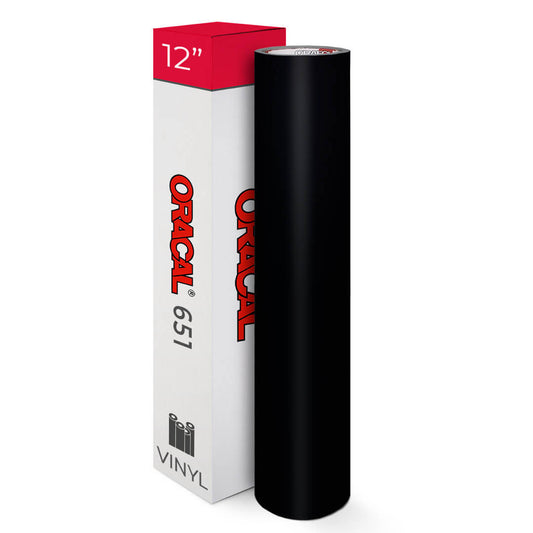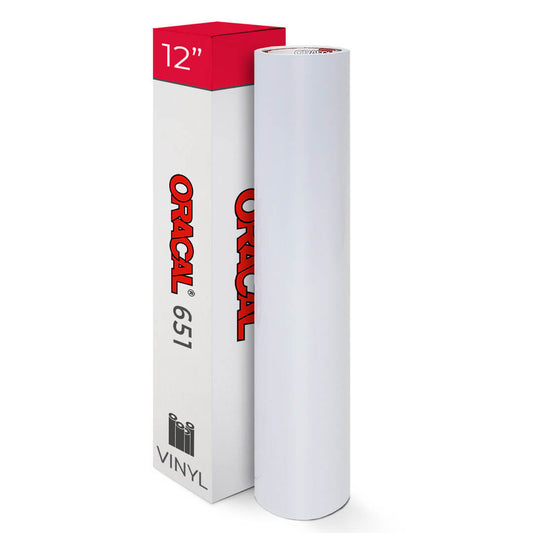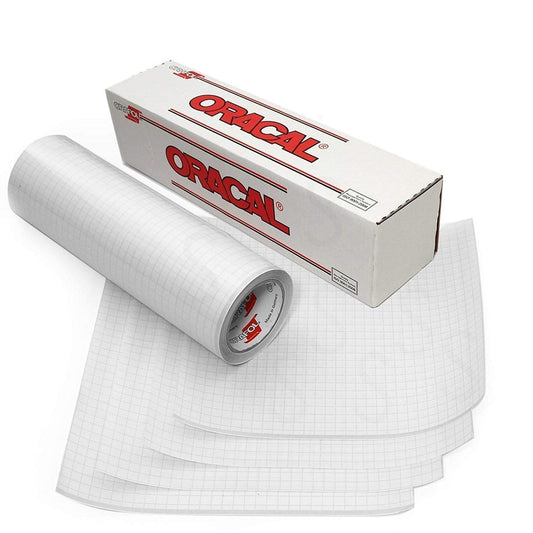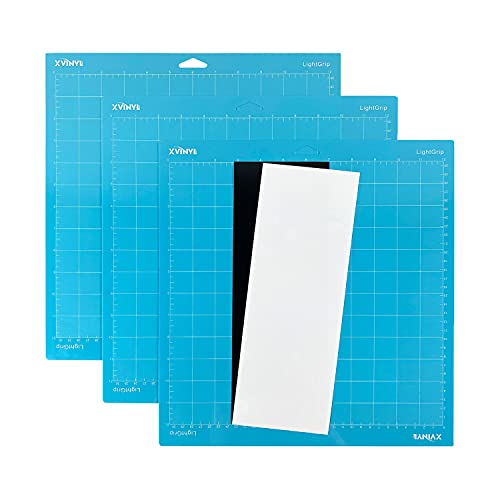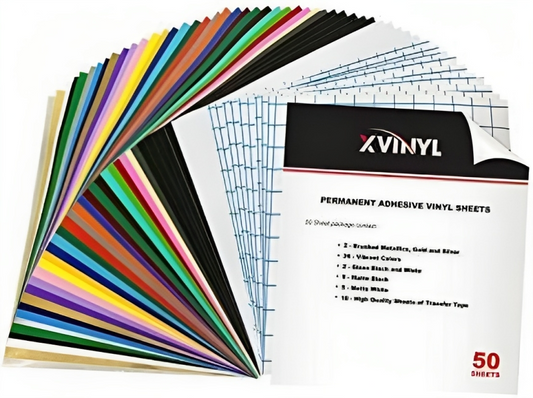Heat Transfer Vinyl Tips and Tricks Part 2!
Hello, everyone! As mentioned in Part 1, here's Part 2 of our Heat Transfer Vinyl Tips and Tricks series. Remember, there are ways to make your crafting experience more manageable, and this # Vinyl101 is the best way to solve any minor mishaps or troubles.
Part 1 of this article covered 10 Tips and Tricks that will come in handy while working with Heat Transfer Vinyl. Now, we're going to give you another ten #Vinyl101. Let's get started! What are you waiting for?
10 Tips and Tricks for making Heat transfer Vinyl go smoothly
- Easy way to find your cut lines on your Glitter Heat Transfer Vinyl.
- Use good lighting while weeding your design.
- Properly pressing a layered design.
- Sign to know when the HTV was over-pressed and how to prevent it.
- Removing residue from your substrate like the adhesive stain from the HTV.
- Solid surface when pressing HTV.
- Things to know before washing your HTV projects.
- How to remove a messed-up HTV project.
- Pre-washing your substrate before applying HTV.
- Preheat first so your HTV will adhere better to your substrate.
1. Find the cut lines on your Glitter Heat Transfer Vinyl.
Do you have difficulty finding the cut lines on your Glitter Heat Transfer Vinyl while weeding your design? Here's a #Vinyl101 for you.
Sprinkle some baby powder on the cut glitter HTV design. By doing this, the baby powder will reveal the cut lines, and you can now weed your HTV easier and faster.

This trick will also work on any vinyl, even on Adhesive Vinyl.
2. Use good lighting while weeding your design.
Regarding weeding your Heat Transfer Vinyl Design, here's another #Vinyl101 for you. For a better weeding experience, it is preferable to use good lighting. Whenever you are weeding, weed somewhere with good lightings, like beside a window. This way, you will see the lines better, especially on a glitter Heat Transfer Vinyl.
3. Properly pressing a layered design.
Layering Heat Transfer Vinyl can either be a success or a failure. But don't worry, because this #Vinyl101 will give you a tip that you need in layering your Heat Transfer Vinyl on your substrate.
Whenever you are layering Heat Transfer Vinyl, give each layer quick and short presses for about 3 to 5 seconds each to give it enough heat to adhere the vinyl to the fabric. And then, when all layers have finally attached to the material, give it the last press for about 3 to 5 seconds. This process ensures that your HTV has completely adhered to the fabric. By using this tip, you can prevent the vinyl from overheating.
4. Sign to know when the HTV was over-pressed and how to prevent it.
For this #Vinyl101, we will give you some signs that will tell you if your Heat Transfer Vinyl was over-pressed and how to prevent it from happening again.
After pressing your design to your substrate, if your Heat Transfer Vinyl has some wrinkles or bubbles in it, that means your Heat Transfer Vinyl was over-pressed. To prevent this from happening, keep in mind these three letters - TPT!
T is for Temperature. Every Heat Transfer Vinyl requires a different temperature. To prevent over-heating, you must know what temperature to apply to your heat press.
P is for Pressure, same with the temperature; you need to know how much pressure you should give while pressing your design. Sometimes, when you give it a lot of stress when pressing, it causes wrinkles, leading to over-heating. Give your design the pressure needed to apply it perfectly to your substrate.
T is for Time. You need to know the proper time of how long you should press the HTV for you to avoid wrinkles and bubbles. Adequate time is necessary for preventing over-pressed HTV.
If you follow the right TPT, your HTV won't have any wrinkles and bubbles. And doing this will lessen the hassle of your project!
5. Removing residue from your substrate like the adhesive stain from the HTV.
When we accidentally make mistakes on our HTV projects, we try to remove the HTV from the substrate by heating it and picking up the HTV. But sometimes, it leaves residue on the substrate, like the adhesive stain from the HTV. With this #Vinyl101, you can now say goodbye to this stubborn stain.
Use Petroleum Jelly and a sensitive detergent. Rub a small amount of petroleum jelly into the adhesive stain you are trying to get rid of, and add the sensitive detergent. Rub it in a circular motion and wait until the adhesive starts to clump up. After this, rinse the substrate with warm-hot water. You can repeat this process until all the adhesive stains have come off.
6. Simple tip when pressing HTV.
Here's a simple but good #Vinyl101 for pressing a Heat Transfer Vinyl!
Press your project on an even, flat, and sturdy surface. Doing this will let your heat press or iron distribute heat evenly on the surface. Also, it helps you avoid any bubbles and wrinkles from your project, and the design will quickly transfer to the substrate.
7. Washing your HTV projects.
One of the most frequently asked questions with HTV is, can you wash it with a washing machine or not? In this #Vinyl101 we will answer that question and throw some tips!
YES! You can wash your HTV projects with a washing machine, but here is the list of things you need to consider before doing it.
- Do not use hot water when washing your HTV project because your HTV will react with the heat and might peel off in your final substrate.
- Make sure to turn your shirt inside out before putting them inside the washer.
- As much as possible, do not use the dryer to dry your clothes. Again, the heat might cause your HTV to peel off.

8. How to remove a messed-up HTV project.
Have you ever messed up an HTV project and needed to remove it from your substrate, but you don't know how? This #Vinyl101 is here to help you!
Get 100% acetone and put some on a cotton ball. Rub the cotton ball onto the vinyl and let it sit for a while, then peel it off the surface.
9. Pre-washing your substrate before applying HTV.
When working with fabrics as your final surface for your HTV, it is better to pre-wash it before applying HTV.
Fabrics tend to shrink after being washed, so applying the HTV before washing may result in wrinkled HTV designs.
10. Tip for making your HTV adhere better to your substrate.
Do you wish your HTV to stick better on your substrate? We have a #Vinyl101 for you!
Make sure to preheat your substrate first. If you are using a household iron, iron the material before ironing the HTV on, and if you are using a heat press, press the fabric first for a few seconds before pressing the HTV on the fabric.
Doing this will help your HTV to adhere better to your final substrate.
That's it! Part 2 of #Vinyl101 or Tips & Tricks is now complete. If you want more tips and tricks, or if you'd like us to do Part 3, send us a message on the social media sites at the bottom of this page! You can also send us a message if you have questions about the #Vinyl101 projects listed at the top or if you've tried them and want to show us how your project turned out!
Thank you so much for sticking with us to the end! We hope you find this article to be very useful! Part 1 of this article can be found by clicking here:
FB: CraftVinyl.ca
IG: CraftVinyl.ca
TikTok: craftvinyl.ca
Website: www.craftvinyl.ca
Please click the links below for more vinyl ideas with tips and tricks:
HEAT TRANSFER VINYL TIPS AND TRICKS PART 1!

